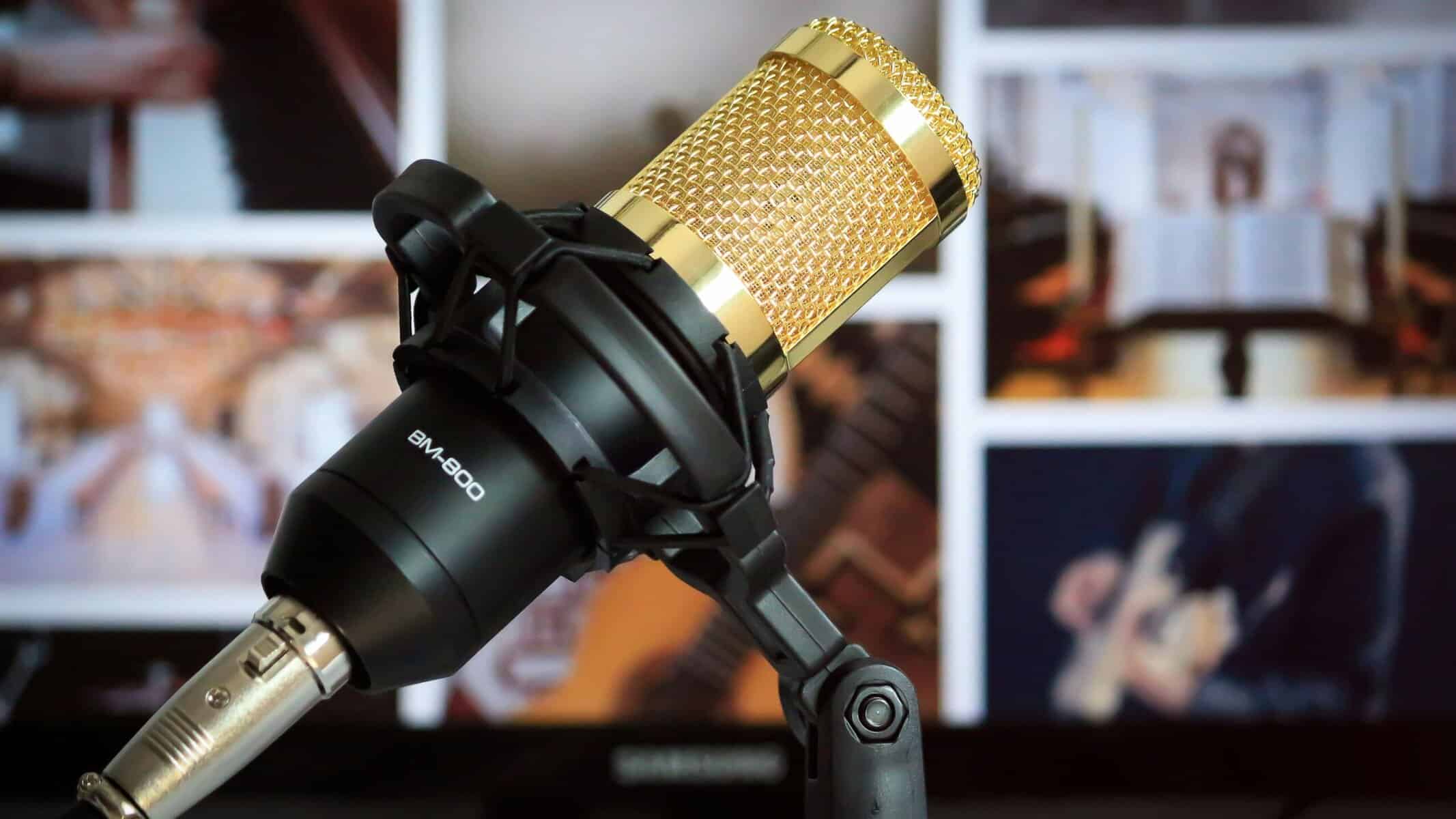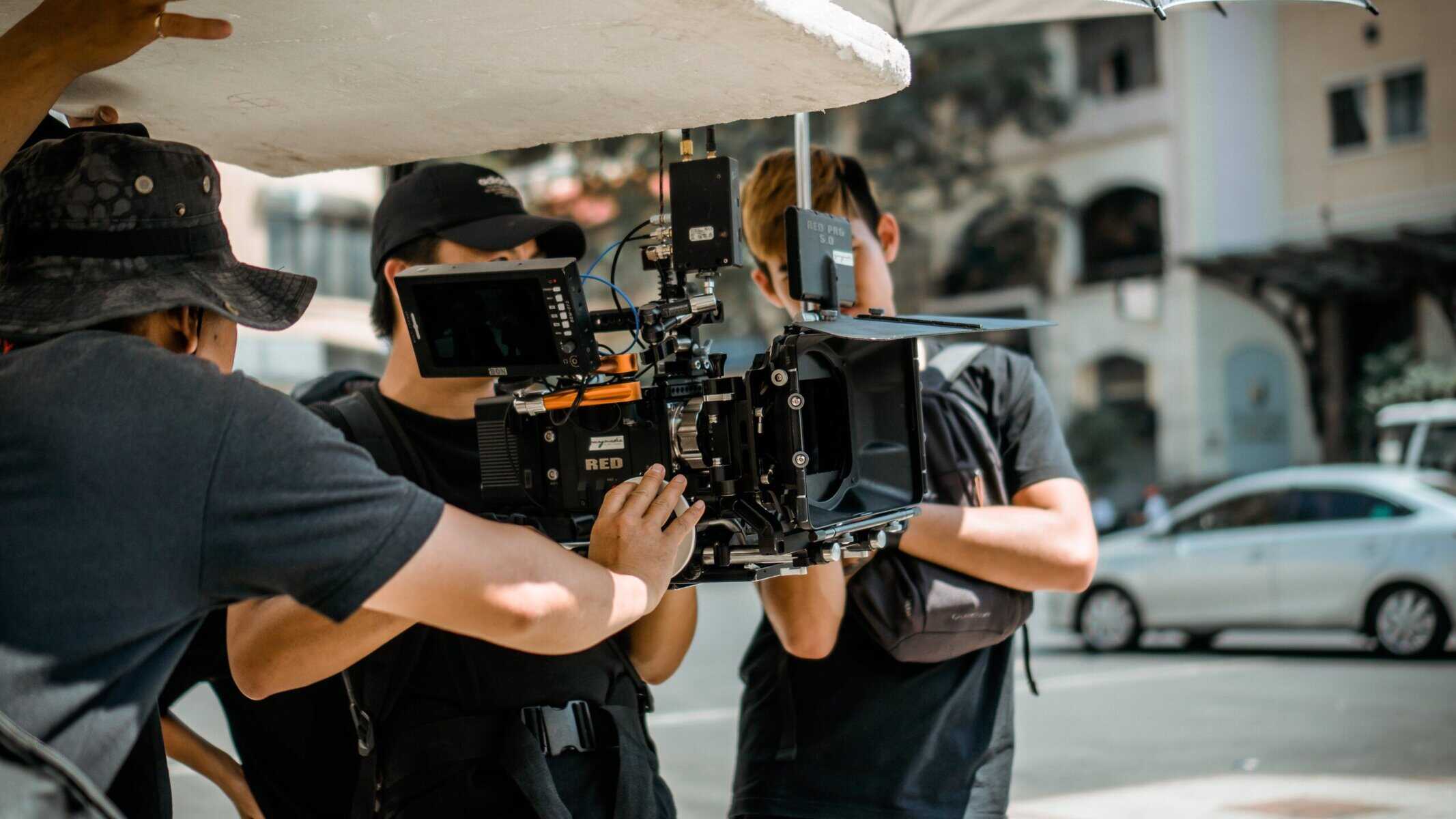Social media branding and radio ads are often viewed as separate corners of the marketing world. Yet, when they join forces, the results can be truly compelling. Using the strengths of both platforms can create a powerful mix where social media amplifies the voice of radio ads, reaching audiences on a more personal level. As more people spend time on social media, leveraging this space for branding is becoming indispensable. When integrated strategically with radio ads, it enhances not just reach but also the depth of audience engagement.
Imagine a scenario where your catchy radio ad sparks interest, but it doesn’t stop there. Listeners who hear the ad might head to your social media pages, further interacting with your brand, engaging with posts, and sharing content with friends. This creates a ripple effect, where a single message spreads across networks, increasing its impact. By strategically planning and executing social media branding alongside radio campaigns, brands can create a cohesive and engaging experience for their audience.
Understanding the Power of Social Media Branding
Social media branding is more than just posting updates; it’s about forming a distinct identity that resonates with people. This identity shapes how audiences perceive and interact with a brand. In today’s world, maintaining an engaging social media presence helps companies connect with customers on a more personal level. Branding efforts on platforms like Instagram, Facebook, and X aren’t just about gaining followers. They drive engagement through interesting content and lively interactions.
Here are ways social media branding strengthens a company’s presence:
– Personal Connection: Engaging with followers through comments, likes, and personalized responses helps brands foster a sense of community.
– Exposure: Posts that resonate are often shared, introducing the brand to new audiences.
– Visual Storytelling: By using eye-catching images and videos, brands can communicate messages quickly and memorably.
The ability to nurture unique relationships and enhance visibility underscores why social media branding is such an important piece of the marketing mix. As companies develop these skills, they foster a brand loyalty that translates across other marketing efforts, including radio ads.
The Synergy Between Social Media and Radio Ads
When you combine social media branding with radio ads, the possibilities can be pretty exciting. Each channel has its unique appeal, and together, they offer a rich canvas for storytelling and engagement. Radio ads are fantastic for reaching a broad audience quickly, and when these on-air messages are echoed through social media, they leave a longer-lasting impression. This synergy elevates the impact, making it memorable for listeners who might tune in while driving or catching up on news.
Now think about how social media can amplify radio efforts. When your radio ad introduces a catchy jingle or a motivating call to action, social media becomes the stage where the conversation continues. Here’s how combining them works for you:
– Double the Reach: Radio captures attention through sound, and social media keeps that interest through visuals and interaction.
– Engagement Boost: Social media allows listeners to share their thoughts, extending the life of your radio message by sparking discussion.
– Instant Feedback: You can see which parts of your message resonate most by measuring likes, comments, and shares.
This sync between the two channels not only captures attention but also helps build a deeper ethos with your audience, as they see and hear consistent messaging across different sites.
Strategies for Integrating Social Media Branding and Radio Ads
Understanding how these two mediums can work alongside each other is crucial. Let’s look at some ways to make the most of your efforts:
Consistent Brand Messaging: When your message aligns across platforms, it reinforces recognition and trust. Whether listeners hear an ad on the radio or see a post on Instagram, a unified approach means stronger brand recall.
Cross-Promotions: Have you thought of sharing your radio time slots on social media? It encourages followers to tune in and hear the latest updates. Similarly, you can hint at exclusive social media content during radio broadcasts, encouraging listeners to follow your brand online.
Influencer Collaborations: Influencers help magnify your brand’s voice. By including them in your campaigns, they can share radio promotions with their audience, offering a personal touch that attracts new followers and listeners.
Measuring the Impact
As with any marketing strategy, understanding how your efforts are working remains key. Evaluating the success of integrated campaigns helps refine and improve future initiatives.
Monitoring Engagement: Track social media interactions and radio metrics to assess how well your campaign is performing. Watch for spikes in engagement following a radio ad to see what’s working best.
Adjusting Strategies: Regularly review performance data to make informed decisions. If one type of content is gaining traction, consider expanding on it for greater reach. The flexibility to tweak plans ensures you stay aligned with audience preferences and trends.
Maximizing the Potential of Your Campaigns
At this point, the foundation’s been laid out clearly. Social media branding and radio ads, when harmonized, present a path filled with promotional opportunities. Through consistent messaging, engaging cross-promotions, and influencer partnerships, there’s potential to craft campaigns that truly connect.
Keep in mind the importance of a holistic approach. Think of your marketing mix as a toolbox where each component has its role in crafting the larger brand narrative. By doing this, you create an overarching storyline that resonates with audiences and leaves a lasting impression.
Ready to Amplify Your Brand?
For expert advice and effective execution of integrated marketing campaigns, contact Killerspots Agency at 513-270-2500. Our team is here to help unlock new dimensions for your brand.
To truly bring your brand’s potential to light, consider the dynamic impact of a social media branding agency. This synergy not only boosts your radio ads but also elevates your presence in the digital sphere. Connect with Killerspots Agency to explore effective solutions tailored to your needs. Reach us at 513-270-2500 for personalized guidance.




















